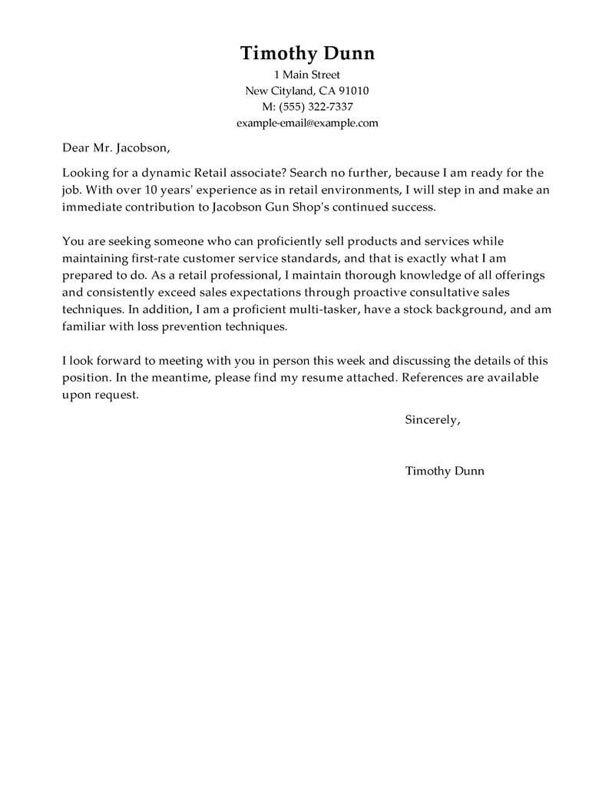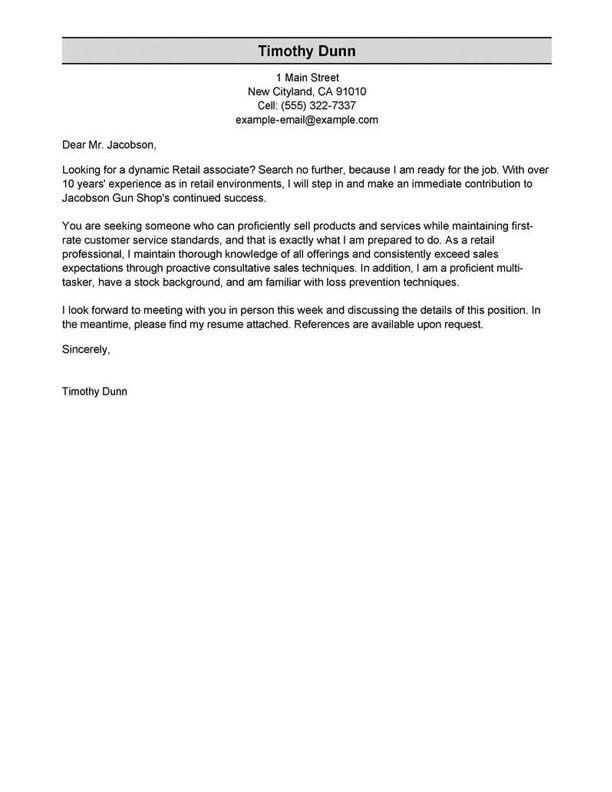TABLE OF CONTENTS
Automotive Technician resume
summary examples
To make your resume pass the seven seconds recruiters spend eyeing a resume, write an impactful resume opener.
The resume summary consists of a two to three-sentence paragraph introducing yourself to potential employers by featuring your top skills and professional abilities.
Think of it like a business pitch. Your knowledge and experiences are the product you have to sell to the investor, in this case, the employer.
If you have plenty of work experience in your desired field, choose the professional summary approach.
If this is your first time applying for a Automotive Technician position, use the objective statement, which allows you to share your skills as they relate to your career goals.
You can compare these two approaches in the examples below to determine which is better for your situation.
Good example:
“I am an experienced Automotive Technician with over 10 years of experience in diagnosing and repairing vehicles. I have a proven track record of success in diagnosing and resolving complex mechanical and electrical issues, and I am well-versed in the latest automotive technologies. I have a strong aptitude for problem-solving and water efficiency, and I am committed to providing exceptional customer service.”
Why this example passes:
- Feature candidate’s success statistic to grab attention. Numbers add detail about how big the results you deliver are, e.g., test scores, passing rate and more.
- Shows career length, 11 years.
- Mentions employer-desired skills: student motivation and interactive lessons.
Bad example:
“ Highly experienced Automotive Technician with strong technical skills. Skilled in troubleshooting and diagnosing complex automotive issues. Committed to providing excellent customer service.”
Why this example fails:
- Doesn’t include any numbers that quantify automotive technician’s performance
- Uses vague descriptions and skills.
- Doesn’t include years of teaching experience.
The fastest way to write your
professional summary
If you want an edge writing to help write your professional summary, check out our Resume Builder. It features pre-written content for Automotive Technician roles that you can select from, personalize and use!
- 1
Enter the details about the job title you held. The builder comes preloaded with auto-suggested phrasing written by resume experts.
- 2
Then, just pick from these suggested phrases that best frame your experience and customize them to your liking!
- 3
All you have to do is choose the summary phrases that best frame your experience. It’s like having a professional do it for you!
You can take advantage of the expert-written phrases you’ll find in our Resume Builder or go the extra mile and use our professional resume-writing services. LiveCareer offers many options for all applicants wanting an effective resume that lands jobs!
The reviews are in!
See what they’re saying about us on Trustpilot.
Automotive Technician resume work
experience examples
One of the most fundamental sections of your resume is the work experience. Including skills and accomplishments in your work experience section relevant to your Automotive Technician role is critical to writing a resume. Compare these work experience examples to understand what information to include to make a job-winning resume.
Good example:
Rolling Meadows Middle School I Rolling Meadows, IL I 8/2018-current
- Successfully diagnosed and repaired mechanical and electrical issues on a variety of vehicles
- Regularly maintained and serviced customer vehicles to ensure safety and performance
- Demonstrated strong customer service skills by providing accurate estimates and timely completion of repairs
- Utilized specialized diagnostic tools to troubleshoot and identify issues quickly and efficiently.
Why this example passes:
- Numbers and statistics add detail and quantify the results this automotive technician delivers: 4% improvement and a class size of 20-25.
- Good use of strong words and active language.
- References specialized value cahier provides with “individualized lesson plans.”
Bad example:
Emily Dickinson Elementary I Redmond, WA I 4/2022-present
- Changed oil and rotated tires
- Checked and replaced brakes
- Tested and repaired engines
- Inspected and diagnosed problems with vehicles
Why this example fails:
- Lacks numbers or statistics.
- Describes general tasks, not teaching achievements or career highlights.
- Uses active verbs, but doesn’t focus on results.
Automotive Technician resume skills examples
Here are 18 sample skills for automotive technician:
- Problem-Solving
- Checking and Refilling Fluids
- Diagnostic skills
- Preventive Maintenance
- Customer Service
- Quality Assurance
- Supply Ordering
- Team Collaboration
- Customer Relations
- Vehicle Inspection
- Heavy Lifting
- Relationship Building
- Issue Resolution
- Strong Work Ethic
- Parts Replacement
- Maintenance Scheduling
- Contract Negotiation
- Vendor Relations
You should sprinkle skills and abilities throughout your resume. Include them in your professional summary, work experience blurbs and a dedicated skills section.
Examples of additional resume sections
Your Automotive Technician resume must include your contact information, professional summary, work experience, skills and education. You can further customize your resume with extra sections to showcase other qualifications.
Here are some examples of optional automotive technician resume sections that you could add to provide greater detail:
- References
- Certifications
- Additional skills
- Photo
- Overview
- Languages
- Professional skills
- Soft skills
Only include extra sections if they provide real value to your resume. Your resume should be brief and concise rather than long and redundant.
How to choose a resume format
0-3
Years of experience
Functional formats
- Focus on skills.
- Best for first-time automotive technician who lack work experience.
- Good for people re-entering workforce.
- May omit dates in the work history section.
Organization:
- Skills listed above work experience.
3-10
Years of experience
Combination formats
- Balance skills and work history.
- Ideal for mid-career automotive technician.
- Suitable for career changers and people seeking promotion.
Organization:
- Skills next to or above work experience.
10+
Years of experience
Chronological formats
- Put the most focus on work history.
- Best for automotive technician with a long, steady career.
- Most popular format.
- Preferred by recruiters.
Organization:
- Work experience listed above skills.
More Automotive Technician resume examples
Featured in:*

*The names and logos of the companies referred to in this page are all trademarks of their respective holders. Unless specifically stated otherwise, such references are not intended to imply any affiliation or association with LiveCareer.





